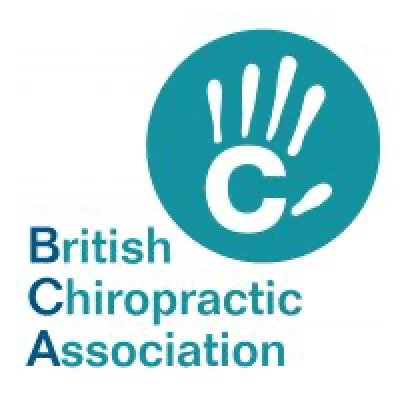Simply Sciatica
What is sciatica?
Sciatica is used as an umbrella term to describe pain down the back of the leg. It is generally used as a diagnosis but is actually more of a symptom descriptor. Sciatica refers to pain that travels along the path of the sciatic nerve. The sciatic nerve originates from your low back and branches through your pelvis, buttocks, down either side of your legs and into your calf. However, not all pain down the back of the leg is classed as sciatica. There can be other conditions that are causing this pain which is why the questions I ask and the tests I use are so important.
What does it feel like?
The pain can vary extensively, from a mild aching pain to a more intense sharp sensation. Unfortunately, the pain can be even worse than this with some describing the pain to be an excruciating electric type of pain. Others may also feel a numbness, tingling or pins and needles type of sensation. Usually, these feelings are only felt on one side of the body. The most annoying part of suffering with sciatica is having trouble sleeping. It can be difficult to get comfortable and the symptom can be aggravated in certain positions.
Some other conditions that can be confused with sciatica mimic the pain qualities mentioned above. What is important to understand is if the pain gets worse with exercise and then improves or stops with rest. Sciatica remains constant with no change in function.
What causes sciatica?
Sciatica occurs when the sciatic nerve becomes compressed or pressure is applied to the nerve. The nerve can be compressed due to many reasons. The most common being a disc herniation or stenosis of the lumbar spine. Stenosis being when the spine begins to narrow and taper. This creating less space for the nerve to exit from the spine.
Another common cause of sciatica is tightness in the muscles which applies pressure to the nerve. The most common muscle to become tight and compress the nerve is the piriformis muscle, which is a small but mighty muscle within your buttocks.
If you have sciatica your practitioner should be able to determine what is causing the compression based on special tests that we use. Having a clear diagnosis as to what is causing your sciatica is essential for treatment, to make sure that it is specific to your body and your problem.
Unfortunately, there are some other risks factors that increase the likelihood of developing sciatica.
- Age. As we get older our spine ages with us. Some of these age-related changes include stenosis (as mentioned above), disc herniations and bony out growths.
- Obesity. Excess body weight can contribute to the stresses placed on your spine.
- Occupation/ prolonged sitting. Individuals that sit throughout the day working in a sedentary job are more likely to develop sciatica.
- Diabetes. This condition increases your risk of nerve damage. Not exclusively to the sciatic nerve.
What can help?
- Ice your low back. The best position to ice your back in shown below. This neutral position takes the load of your low back and the ice helps to reduce the inflammation.
- Seated pigeon pose – this helps stretch out the piriformis muscle. You will find that one leg is easier to do than the other. Bring one leg on top of the other and push down onto your knee to increase the stretch. Keeping your shoulders square. Gently hold the stretch for 20-30seconds. Make sure you do both legs not just the symptomatic side.
- Lumbar nerve flossing – this exercise stretches out the sciatic nerve.
- Look down with your knees bent
- Look up and straighten one leg with your foot flexed.
- Repeat 10 times on both legs.
- Avoid sleeping on your front.
Try sleeping on the non-symptomatic side with a pillow between your knees and ankles.
- Exercise may be painful initially. Gentle exercise will be best when you first have sciatica, but you can gradually increase the intensity. Following this exercise will be important for prevention.
If you have troublesome pain in your lower back travelling down your leg or would like to find out more about Sciatica, pop me an email.
Read on to our next article on Shoulder Impingement: Help my shoulder pain by Physiotherapist Philippa Sawtell.

























